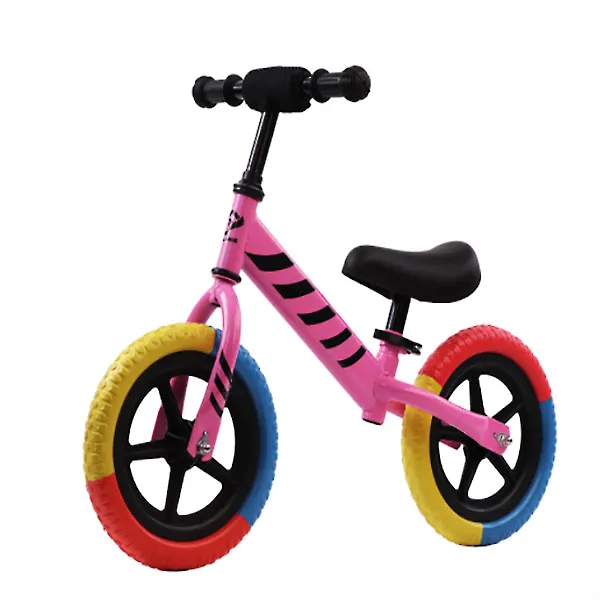
- Afrikaans
- Albanian
- Amharic
- Arabic
- Armenian
- Azerbaijani
- Basque
- Belarusian
- Bengali
- Bosnian
- Bulgarian
- Catalan
- Cebuano
- Corsican
- Croatian
- Czech
- Danish
- Dutch
- English
- Esperanto
- Estonian
- Finnish
- French
- Frisian
- Galician
- Georgian
- German
- Greek
- Gujarati
- Haitian Creole
- hausa
- hawaiian
- Hebrew
- Hindi
- Miao
- Hungarian
- Icelandic
- igbo
- Indonesian
- irish
- Italian
- Japanese
- Javanese
- Kannada
- kazakh
- Khmer
- Rwandese
- Korean
- Kurdish
- Kyrgyz
- Lao
- Latin
- Latvian
- Lithuanian
- Luxembourgish
- Macedonian
- Malgashi
- Malay
- Malayalam
- Maltese
- Maori
- Marathi
- Mongolian
- Myanmar
- Nepali
- Norwegian
- Norwegian
- Occitan
- Pashto
- Persian
- Polish
- Portuguese
- Punjabi
- Romanian
- Russian
- Samoan
- Scottish Gaelic
- Serbian
- Sesotho
- Shona
- Sindhi
- Sinhala
- Slovak
- Slovenian
- Somali
- Spanish
- Sundanese
- Swahili
- Swedish
- Tagalog
- Tajik
- Tamil
- Tatar
- Telugu
- Thai
- Turkish
- Turkmen
- Ukrainian
- Urdu
- Uighur
- Uzbek
- Vietnamese
- Welsh
- Bantu
- Yiddish
- Yoruba
- Zulu
Oct . 08, 2024 07:57 Back to list
How to Properly Adjust Your Mountain Bike Derailleur for Optimal Performance
Adjusting the Derailleur on a Mountain Bike A Comprehensive Guide
Adjusting the derailleur on a mountain bike is a fundamental skill that every cyclist should master. The derailleur is an essential component responsible for shifting the chain between different gear ratios, allowing for smooth and precise transitions as you tackle various terrains. Whether you're climbing steep hills or racing down rocky descents, a well-adjusted derailleur can significantly enhance your riding experience. In this article, we will walk you through the steps of adjusting the derailleur on your mountain bike, ensuring optimal performance.
Understanding the Derailleur System
Before diving into the adjustment process, it’s important to familiarize yourself with the derailleur system. Most mountain bikes come equipped with either a front or a rear derailleur, or both. The front derailleur shifts the chain between the chainrings, while the rear derailleur moves the chain across the cassette. Each derailleur consists of a body, a cage, and a spring tension mechanism. Understanding these components will make the adjustment process easier.
Tools Needed
To adjust your derailleur, you'll need a few basic tools a Phillips screwdriver, an Allen wrench, and possibly a chain checker or a bike stand for stability
.Step-by-Step Adjustment Process
adjusting derailleur on mountain bike

1. Inspect the Current Setup Start by checking your bike's current derailleur setup. Shift through all the gears to see how the chain moves. Note any skipping or misalignment, as this will help you identify what needs adjustment.
2. Adjust the High and Low Limit Screws - The rear derailleur has two limit screws the Low (L) and High (H) screws. These screws determine how far the derailleur can swing in both directions. - To adjust the high limit screw, shift to the smallest rear sprocket. If the chain doesn’t align with it, turn the H screw clockwise to bring the derailleur closer or counterclockwise to push it away. - Next, shift to the largest sprocket to adjust the low limit screw. Modify the L screw to ensure the chain doesn’t fall off the largest cassette.
3. Adjust the Cable Tension Proper cable tension is crucial for smooth shifting. If shifting is sluggish or the chain isn’t moving to a gear when prompted, you may need to increase cable tension. This can usually be done by turning the barrel adjuster located at the derailleur or shifter. Turn it clockwise to tighten and counterclockwise to loosen.
4. Fine-Tuning the Indexing Once you’ve set the limit screws and cable tension, test the bike. If the chain hesitates to move up or down the cassette, further fine-tuning may be required. Make small adjustments with the barrel adjuster, turning it a quarter-turn at a time until the shifting is crisp.
5. Final Checks After adjustments, conduct a final test through all gears while riding. Listen for any unusual noises, such as grinding or skipping, and make additional tweaks to address any issues.
Conclusion
Regularly adjusting your mountain bike’s derailleur can make a significant difference in your riding experience, enhancing both performance and safety. While it may seem daunting at first, with a bit of practice, adjusting your derailleur can become a straightforward task. Keeping your drivetrain in optimal condition ensures that your bike will be ready for any challenge, whether you're hitting the trails or enjoying a leisurely ride. Happy cycling!
-
The Ultimate Kids' Four-Wheeler Experience
NewsJul.09,2025
-
The Ultimate Guide to Mountain Bikes: Gear Up for Your Ride
NewsJul.09,2025
-
The New Age of Cycling: Electric Bikes for Every Rider
NewsJul.09,2025
-
The Best Kids Bicycles: Ride in Style and Safety
NewsJul.09,2025
-
The Best 3-Wheel Scooters for Kids: Fun, Safety, and Adventure
NewsJul.09,2025
-
Revolutionize Your Ride: Affordable Electric Bikes
NewsJul.09,2025
-
Finding the Perfect Mountain Bike for Every Rider
NewsJul.09,2025



